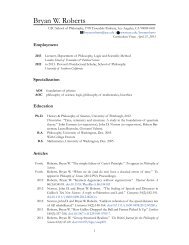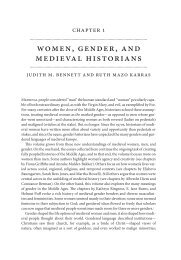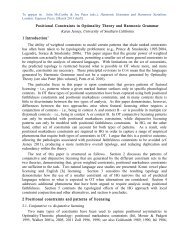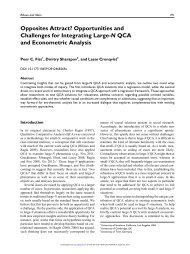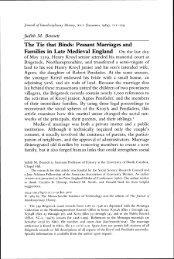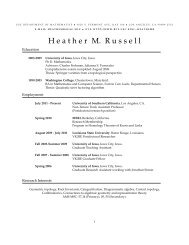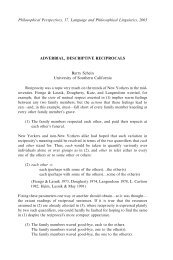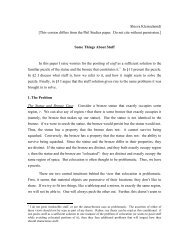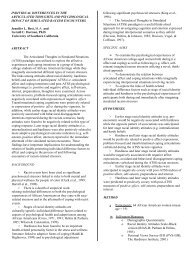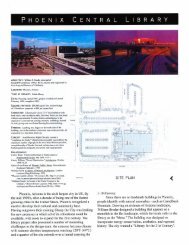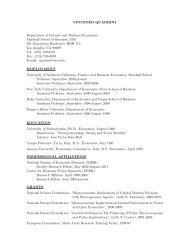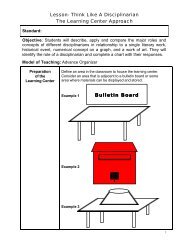The Racial Resegregation of Los Angeles County, 1940-2000
The Racial Resegregation of Los Angeles County, 1940-2000
The Racial Resegregation of Los Angeles County, 1940-2000
Create successful ePaper yourself
Turn your PDF publications into a flip-book with our unique Google optimized e-Paper software.
to have members <strong>of</strong> their own race as neighbors (since 1970), but the probability<br />
that any other group would have Blacks as neighbors has stayed virtually constant<br />
at less than 10% since <strong>1940</strong> (except for three decades, 1950-1970, when Asians<br />
were slightly more likely to have Black neighbors).<br />
• Blacks remain the most segregated racial group in <strong>Los</strong> <strong>Angeles</strong> <strong>County</strong>, by any<br />
measure. Like Whites, the movement <strong>of</strong> Blacks displays a “retreat” pattern in the<br />
face <strong>of</strong> growing Hispanic and Asian populations. Moreover, the compactness <strong>of</strong><br />
the Black population seems to be reinforced by the voluntary self-segregation <strong>of</strong><br />
affluent Blacks, who may choose not to assert their relatively greater freedom to<br />
settle in non-Black neighborhoods since the Civil Rights movement.<br />
ASIANS AND HISPANICS<br />
• Asians and Hispanics, as “new immigrants” both differ from the experience <strong>of</strong><br />
Whites and Blacks, who are best classified as “old immigrants.” Both <strong>of</strong> these<br />
groups have been less and less likely to have White neighbors, and more likely to<br />
have only members <strong>of</strong> their own racial group as neighbors. But neither Asians<br />
nor Hispanics are more likely to have Blacks as neighbors. Asians had a 16%<br />
chance <strong>of</strong> having a Black neighbor in 1960, but only a 4% probability <strong>of</strong> that now.<br />
For Hispanics, the figure has simply remained consistently low, ranging between<br />
5% and 9% since <strong>1940</strong>.<br />
• Both Hispanics and Asians are in a classic clustering enclave phase <strong>of</strong><br />
immigration, but unlike historic waves <strong>of</strong> European immigrants, their enclaves are<br />
highly dispersed, and this sets the stage <strong>of</strong> much lower rates <strong>of</strong> segregation in the<br />
future.<br />
Race Contours <strong>2000</strong> –<strong>Resegregation</strong> <strong>of</strong> <strong>Los</strong> <strong>Angeles</strong> <strong>County</strong>, <strong>1940</strong>-<strong>2000</strong> 9



